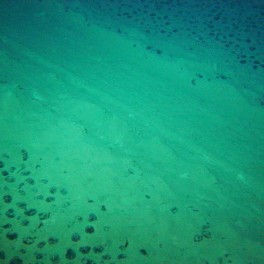A massive cleanup effort is getting underway in Alaska, with tons of marine debris — some likely sent to sea by the 2011 tsunami in Japan — set to be airlifted from rocky beaches and taken by barge for recycling and disposal in the Pacific Northwest.
Hundreds of heavy-duty bags of debris, collected in 2013 and 2014 and stockpiled at a storage site in Kodiak, also will be shipped out. The barge is scheduled to arrive in Kodiak by Thursday, before setting off on a roughly one-month venture.
Alaska has more coastline than any other state. And Alaska cleanup operations often are expensive and dangerous, said Nikolai Maximenko, a senior researcher at the International Pacific Research Center (IPRC). “Even without the tsunami, Alaska is well-known for being polluted with all these buoys and other stuff from fisheries activity and from other human activities,” he said.














